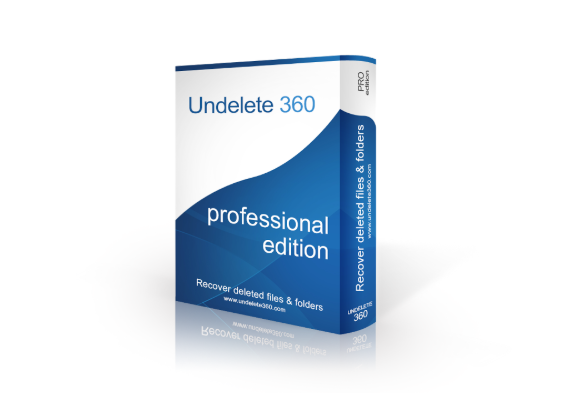
You have probably encountered a fair share of video tutorials in your lifetime – either good or bad. We have as well, which made us think – what actually makes a great video tutorial? After all, just because you are explaining something to someone does not mean that it’s a solid tutorial – there is a lot more that goes into that.
Two different things can be equally good – a tutorial on how to incorporate the text to speech voices into your website can be just as good as a tutorial on how to edit your pictures for Instagram. The question is, what exactly makes us consider them as good or great. Well, that’s what we will be focusing on in this article, so if you want to find out more, just keep on reading.
Clarity
The first characteristic of great video tutorials – or any tutorial actually – is the clarity. Tutorials have to be easy to consume, and knowledge is acquired best when the information is delivered clearly.
If you want your tutorial to meet a high standard of clarity, you need to start thinking about it in the very beginning – in particular during the planning. Establish learning objectives for your viewers, and write them out – make sure that they identify concepts or actions that your viewers need to be familiar with in order to succeed after watching your tutorial.
Here are some examples, just to give you an idea about how they should look like:
- Viewers will know what types of tools they need to use to create their own website
- Users will know how to use WordPress
- Viewers will understand what makes a user-friendly website
There’s no limit when it comes to how many learning objectives you should set – however, remember that it should be a reasonable amount. In many cases less is more, and this is one of them. A short tutorial should have no more than three – if you have more, review them, and determine whether all of them are truly learning objectives.
Once you have determined your objectives, build the tutorial around them. This will allow you to move to the next characteristic – the flow.
Flow
In every great tutorial, no matter what niche, the flow needs to be kept – to put it simply, one section should naturally flow to another. Remember to put the sections of the tutorial in the same order the viewer will have to open them when performing the task by themselves.
If what you are trying to teach your users does not have a specific order, try to group together similar concepts. Think about whether there are some steps that usually are done in conjunction with one another. By organizing the tutorial in such a way, you’ll be able to explain how different steps relate to or depend on each other.
Pace
Another very important feature of a great tutorial is its pace. This is nothing more than the speed at which the tutorial is being delivered. When it comes to pacing, there are three key factors.
First of all, make sure that every step gets the right amount of attention – this is something you need to take care of in the very beginning – when writing the script. If the step is more complex and requires more explanation, take extra time to make your viewers understand it. If it’s simple, don’t waste time getting into too much detail.
Secondly, consider the voice over. Some people prefer to record the narration and the visual separately, as it allows more flexibility when it comes to the tutorial’s pace. Read naturally, but be aware of the speed – many people tend to speed up when reading, so keep that in mind and slow down if you find yourself going too fast.
Remember that when it comes to things such as a video guide, it might often take you more time to show a specific action than just explaining it with words. Unfortunately, this can result in awkward pauses, or you might have to speed up your talk to match the video. In order to avoid that, pause after each sentence, step, and substep. This will make it easier for you to add time to the narration once you edit the video.
The third characteristic of good pacing happens during the recording and editing process. If you plan on using a screen recording, make sure that you use smooth and easy-to-follow cursor movements. If it turns out that they are too slow, you can always speed them up in the finished recording.
Once you have a draft of the video, watch it to make sure that everything sounds natural. One of the advantages of editing is that you have control over pacing, as you can always change the amount of time between each sentence or section.
The Bottom Line
The things we mentioned above are just a portion of what an author needs to take into consideration if they want to create a good video tutorial. There’s also cognitive load, appeal, tone, presentation, and so on.
When it comes to video tutorials, there are some that are great, but there are also some that leave much to be desired. Contrary to what people might think, there’s a lot more that goes into them – just because someone is explaining something to an audience does not mean that they created a great tutorial. Follow the rules to make sure your video tutorials are worth sharing!








Leave a Reply